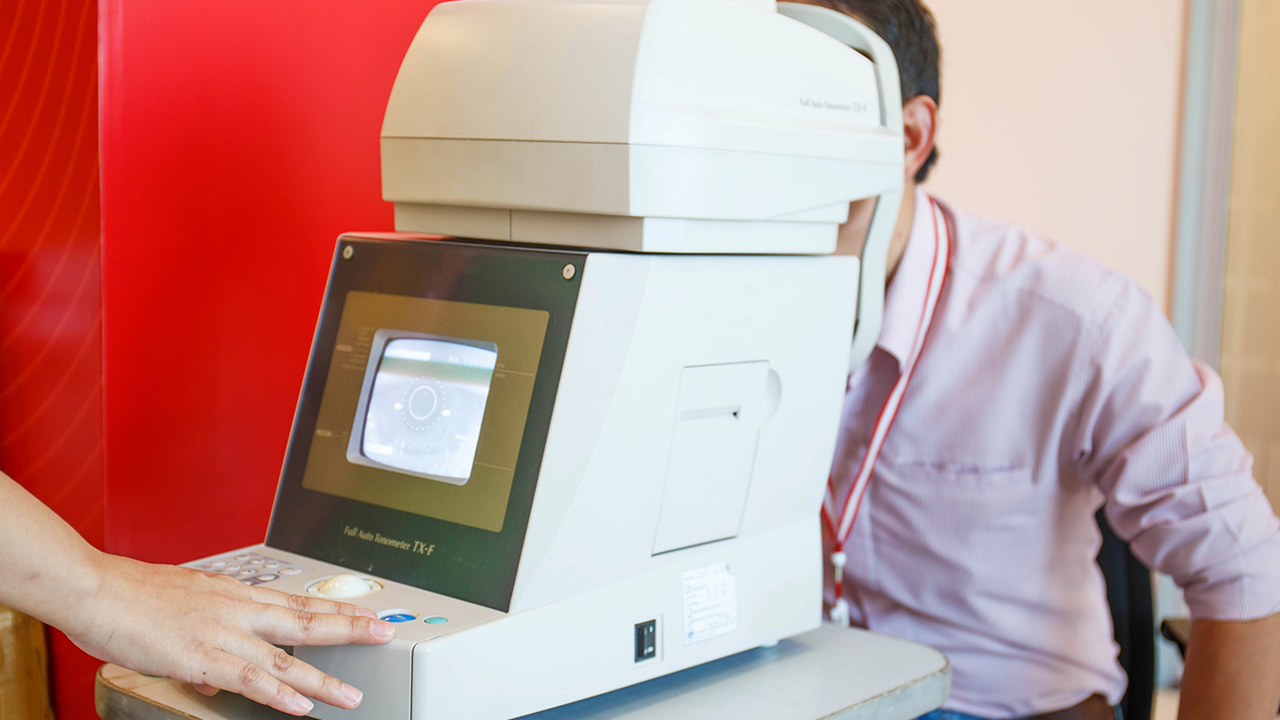Iga Nephritis Only Has Occult Blood

Iga Nephritis Only Has Occult Blood
Iga nephropathy (hereinafter referred to as IGAN) is the most common type of primary glomerulonephritis worldwide. Its clinical manifestations are mainly hematuria, proteinuria, and hypertension. Hematuria is often painless, mostly microscopic hematuria, and sometimes gross hematuria. Proteinuria is usually mild to moderate, and nephrotic syndrome is rare. Hypertension is often mild to moderate.
The pathogenesis of IGAN is not fully understood, but it is generally believed that it is an immune-mediated disease. The main pathological change is the deposition of IgA in the mesangial area of the glomerulus. This deposition can lead to a series of inflammatory reactions, such as mesangial cell proliferation, neutrophil infiltration, and complement activation. These inflammatory reactions can damage the glomerular basement membrane and lead to hematuria and proteinuria.
The diagnosis of IGAN is based on the patient's clinical manifestations, laboratory tests, and renal biopsy. In the early stage of IGAN, the patient often has no obvious clinical symptoms, and the disease is often found during physical examination or urine routine examination. As the disease progresses, the patient may have symptoms such as hematuria, proteinuria, and hypertension.
Laboratory tests can help to identify the presence of hematuria and proteinuria. Hematuria can be detected by urine routine examination, and proteinuria can be detected by 24-hour urine protein quantitative determination. Renal biopsy is the gold standard for the diagnosis of IGAN. Renal biopsy can not only confirm the diagnosis of IGAN, but also evaluate the severity of the disease and guide treatment.
The treatment of IGAN is mainly symptomatic. There is no specific treatment for IGAN, and the treatment is mainly aimed at relieving symptoms and preventing complications. The treatment of hematuria is mainly to avoid strenuous exercise and heavy physical labor, and to take some hemostatic drugs when necessary. The treatment of proteinuria is mainly to control blood pressure and reduce proteinuria. The treatment of hypertension is mainly to use antihypertensive drugs.
The prognosis of IGAN is generally good. Most patients with IGAN have a good prognosis, and only a few patients may develop end-stage renal disease. The factors that affect the prognosis of IGAN include the severity of the disease, the patient's age, and the patient's underlying diseases.
Iga Nephritis Only Has Occult Blood
Iga nephropathy (IGAN) is the most common type of primary glomerulonephritis worldwide. Its clinical manifestations are mainly hematuria, proteinuria, and hypertension. Hematuria is often painless, mostly microscopic hematuria, and sometimes gross hematuria. Proteinuria is usually mild to moderate, and nephrotic syndrome is rare. Hypertension is often mild to moderate.
The pathogenesis of IGAN is not fully understood, but it is generally believed that it is an immune-mediated disease. The main pathological change is the deposition of IgA in the mesangial area of the glomerulus. This deposition can lead to a series of inflammatory reactions, such as mesangial cell proliferation, neutrophil infiltration, and complement activation. These inflammatory reactions can damage the glomerular basement membrane and lead to hematuria and proteinuria.
Iga Nephritis Only Has Microscopic Hematuria
The diagnosis of IGAN is based on the patient's clinical manifestations, laboratory tests, and renal biopsy. In the early stage of IGAN, the patient often has no obvious clinical symptoms, and the disease is often found during physical examination or urine routine examination. As the disease progresses, the patient may have symptoms such as hematuria, proteinuria, and hypertension.
Laboratory tests can help to identify the presence of hematuria and proteinuria. Hematuria can be detected by urine routine examination, and proteinuria can be detected by 24-hour urine protein quantitative determination. Renal biopsy is the gold standard for the diagnosis of IGAN. Renal biopsy can not only confirm the diagnosis of IGAN, but also evaluate the severity of the disease and guide treatment.
Iga Nephritis Only Has Microscopic Hematuria, Proteinuria
The treatment of IGAN is mainly symptomatic. There is no specific treatment for IGAN, and the treatment is mainly aimed at relieving symptoms and preventing complications. The treatment of hematuria is mainly to avoid strenuous exercise and heavy physical labor, and to take some hemostatic drugs when necessary. The treatment of proteinuria is mainly to control blood pressure and reduce proteinuria. The treatment of hypertension is mainly to use antihypertensive drugs.
The prognosis of IGAN is generally good. Most patients with IGAN have a good prognosis, and only a few patients may develop end-stage renal disease. The factors that affect the prognosis of IGAN include the severity of the disease, the patient's age, and the patient's underlying diseases.
The above is all the content that the editor wants to share with you. I sincerely hope that these contents can bring some help to your life and health, and I also wish that your life will be happier and happier.
Topic: #only #nephritis #iga









